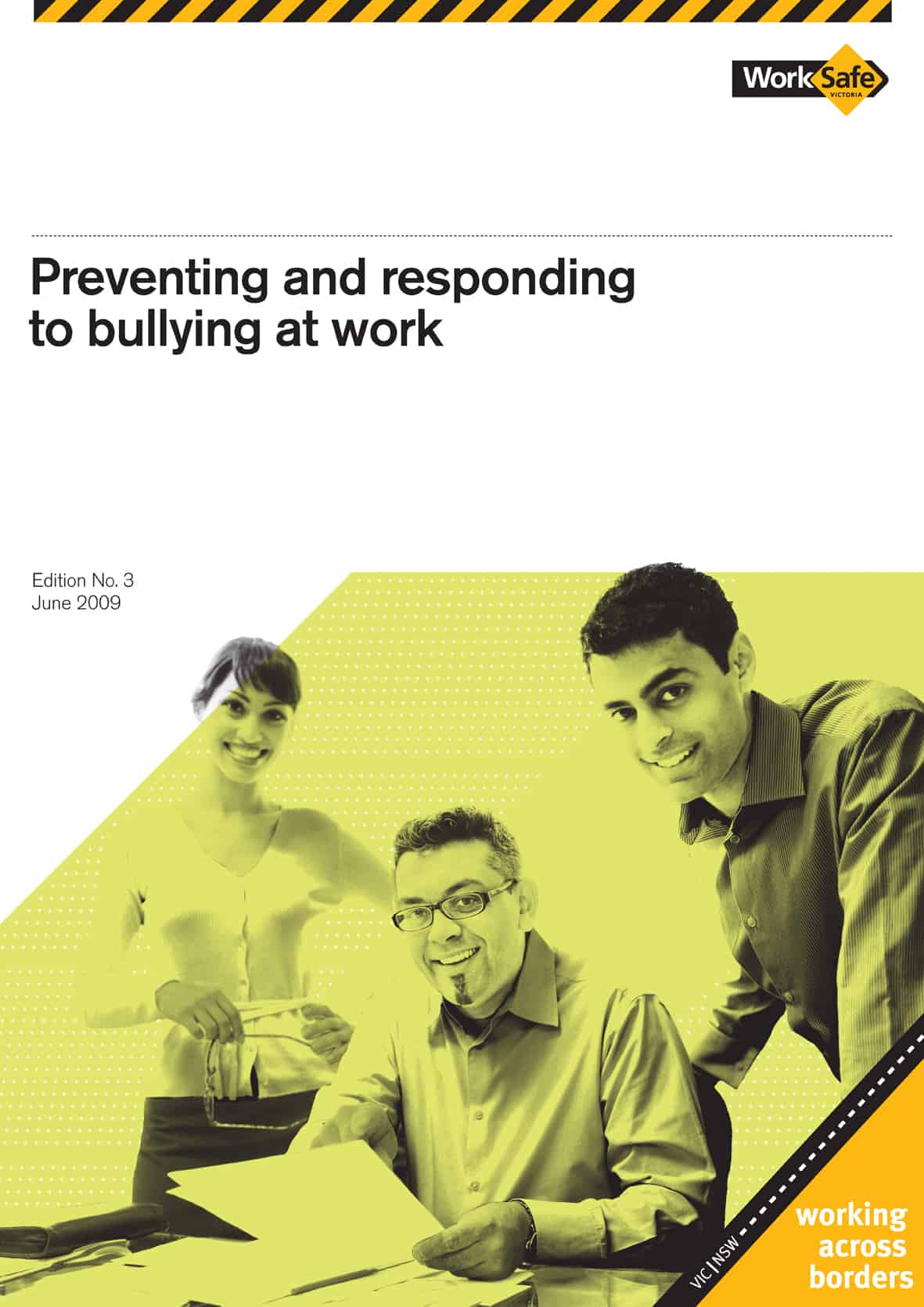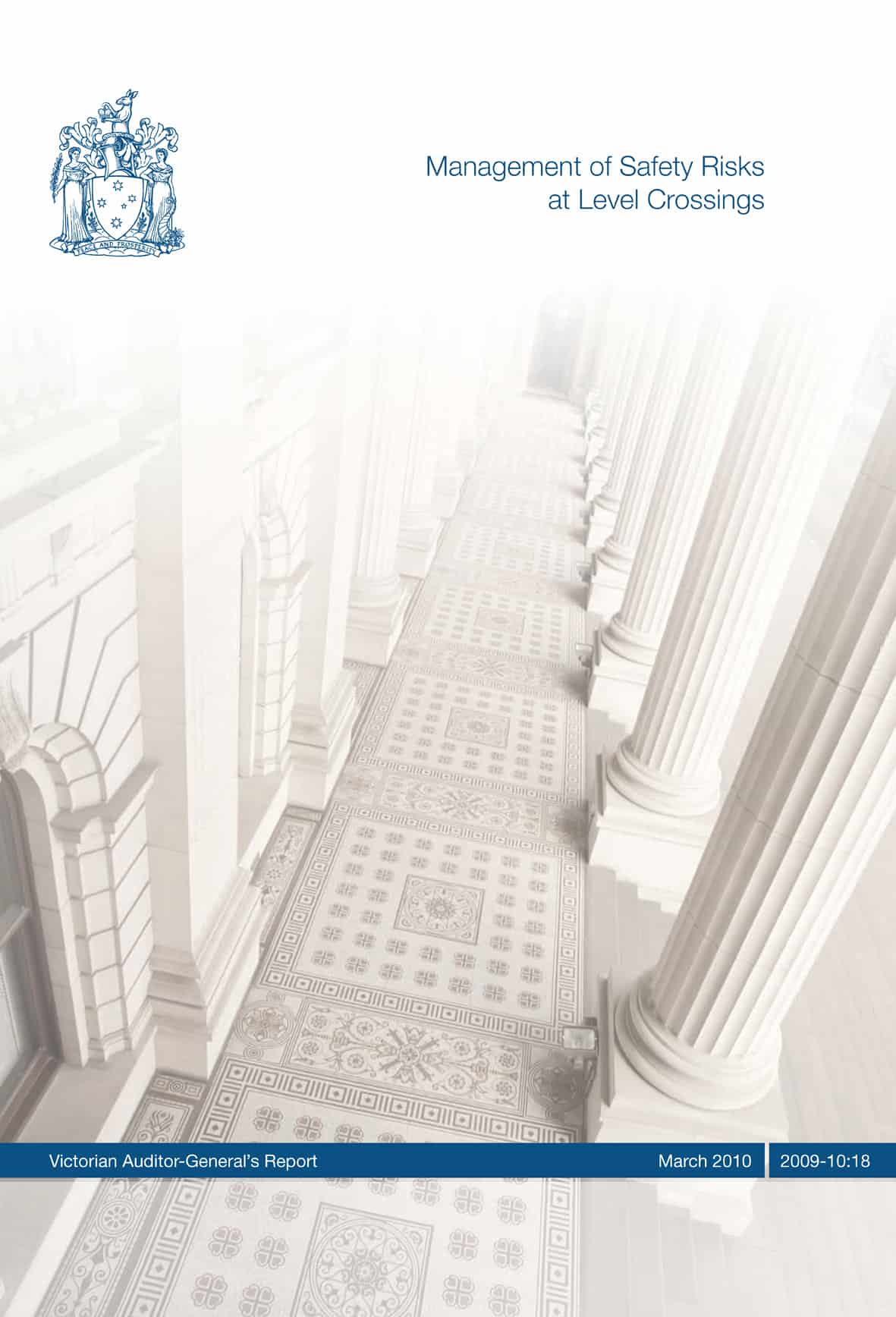Motivating workers and managers to improve safety performance through rewards has been a contentious element of safety management processes for decades but no-one seems to have got it right. Most bonus/award/reward systems are able to be manipulated. An article in the Harvard Business Review and Australian Financial Review may add another dimension to the discussion by looking at the psychological effects of cash.
Kathleen Vohs undertook research that indicated
“The effect of handling money was quite pronounced—in the four scenarios we tested, the people who handled money reported significantly less pain or social exclusion.” Continue reading “Cash motivates, toasters create dissent”



